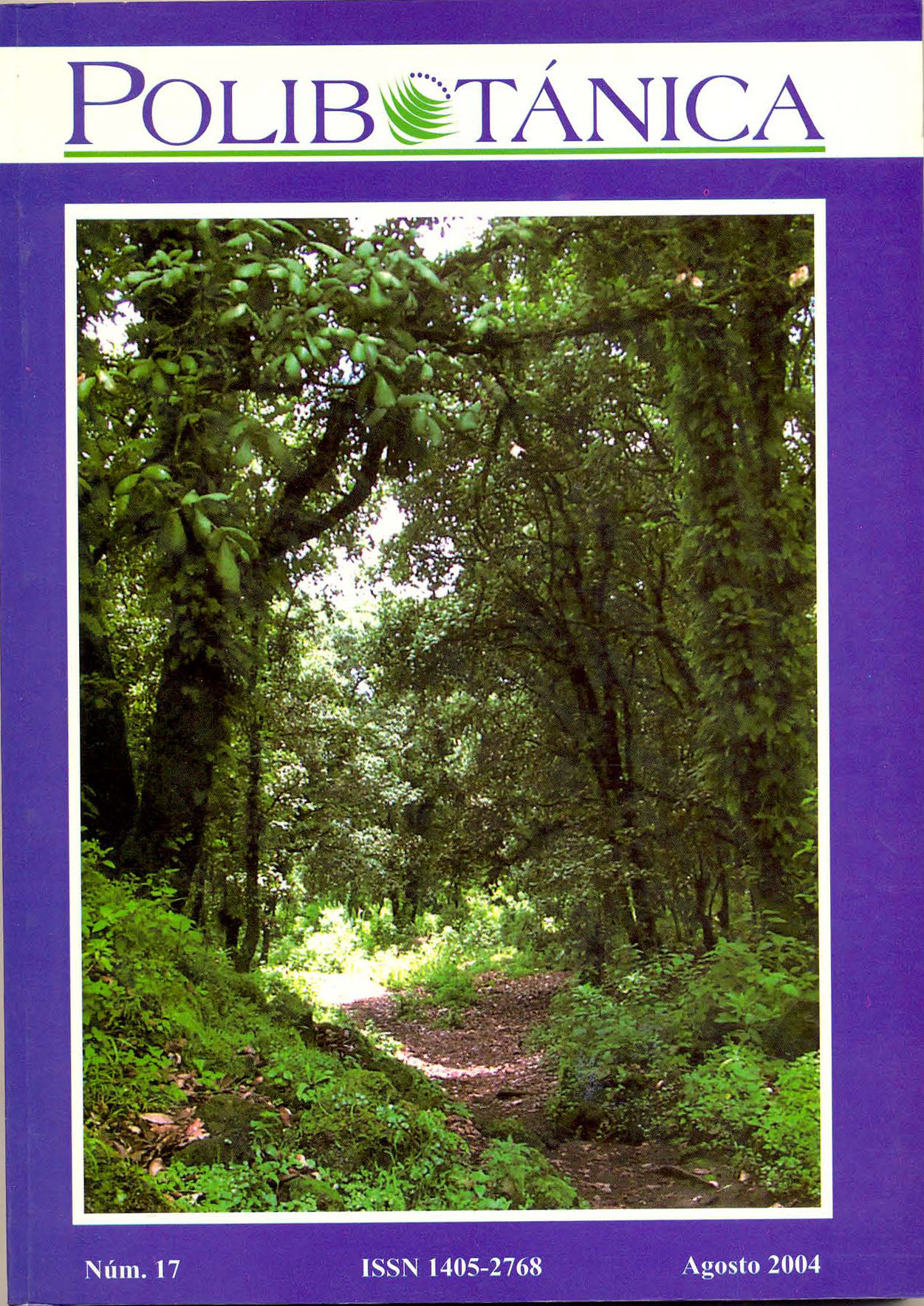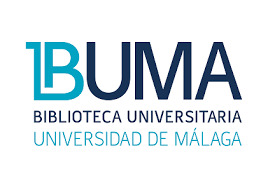ANATOMÍA E HISTOQUÍMICA DE LA CORTEZA DE CINCO ESPECIES DE MORACEAE
Resumen
En el presente trabajo se estudiaron las características anatómicas e histoquímicas del
floema secundario y peridermis de cuatro
especies de Ficus y de Morus celtidifolia.
Las características que comparten las especies de Ficus son: elementos cribosos arreglados en racimos radiales, de contornos
poligonales, muy abundantes, los radios
son heterogéneos, y se abren en abanicos
irregulares, estratificados, formados por cé-
lulas cuadradas y tangencialmente dilatadas. La peridermis formada por un solo estrato se compone de esclereidas en la
felodermis y de felema suberizado y con
engrosamientos de la pared de origen
polifenólico. Presentan cristales cúbicos,
drusas y cristales romboidales en células
de parénquima, los laticíferos son de tipo
no articulados ramificados. Los radios en
M. celtidifolia no se dilatan como en Ficus,
pero el parénquima axial se dilata y se
esclerifica hacia la peridermis. Sus radios
heterogéneos no muestran estratos, presentan laticíferos no articulados de menor longitud y la peridermis es muy similar pero
más ancha que las de Ficus.
Las especies estudiadas han sido tradicionalmente empleadas para elaborar papel
amate, y cuyas cualidades son mejores que
papeles elaborados con corteza de otras
especies, lo que de acuerdo con el estudio
histoquímico resalta la estructura poco
lignificada, abundancia de almidones,
pectinas y carbohidratos solubles en agua
hacia la periferia que pueden estar relacionados con la manufactura, propiedades de
adherencia y aglutinamiento así como con
fibras sin lignificar, lo que puede explicar en
gran parte el uso intenso que se le ha dado
desde la época prehispánica.
Descargas
Publicado
Número
Sección
Licencia

Polibotánica por Departamento de Botánica de la Escuela Nacional de Ciencias Biológicas del Instituto Politécnico Nacional se distribuye bajo una Licencia Creative Commons Atribución-NoComercial-CompartirIgual 4.0 Internacional.




















